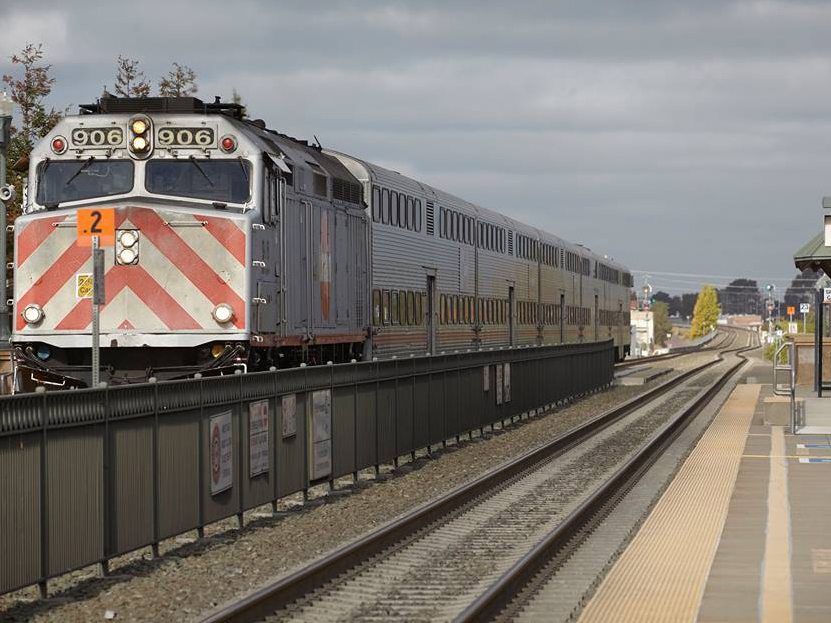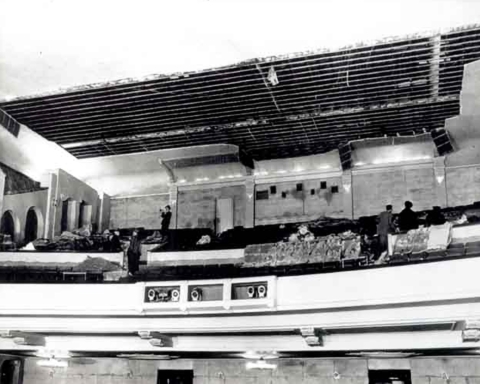You had to look quickly or you would have missed the notice of a special, closed session meeting on this month’s Caltrain agenda. The significance of the short-lived notice is that there is a struggle going on at Caltrain over how the agency is managed and by whom.
And that’s a shame. Of the transit systems on the Peninsula, Caltrain has been the most effective and most efficiently run.
For decades, the Caltrain board was a model of regional cooperation and there were numerous instances when a representative from one of the three counties on the Peninsula would put their parochial interests aside in favor of what might have been the greater good for the entire Caltrain system. None of which seems to matter to people who can’t seem to leave well enough alone.
It was too good to last, I suppose, but there is no question representatives of San Francisco and Santa Clara counties are determined to assert their own interests, particularly as San Francisco and San Jose scurry to build huge infrastructure projects of which Caltrain is a central part.
They will say they are doing this under the name of restructuring Caltrain’s governance, and that they want Caltrain to be an independent agency. Putting aside how impractical – and expensive – such an independent agency would be, what they really object to is that Caltrain is managed independently from them, and they can’t stand that thought, something that was made very clear in a recent posting by one board member on the Friends of Caltrain Facebook page.
Of course, San Francisco’s track record of running transportation keeps getting worse. The Santa Clara Valley Transportation Authority hasn’t especially covered itself in glory, either, whether it’s running bus and light rail or delivering the massive BART-to-San Jose project on time and on budget. So, certainly, let’s give them more authority over a transit system that is widely considered successful.
In the interests of full disclosure, I worked for Caltrain for more than decade, the last two years for Caltrain Executive Director Jim Hartnett, who also is a friend of mine and whose integrity and sense of fairness are beyond question. I have not talked to him about this column, but, most assuredly, my views are a direct result of serving Caltrain.
Anyway, back to the special session, which was described as a performance review of Hartnett. The Caltrain board actually has no “performance review” authority over Hartnett. Hartnett works for the San Mateo County Transit District, which is one of three partner agencies that own Caltrain, the other two being the City and County of San Francisco and VTA.
Since 1992, when the Caltrain partnership was formed, SamTrans has been the managing partner. That means the general manager of SamTrans also is the executive director of Caltrain (and also runs SamTrans and the San Mateo County Transportation Authority – three jobs in one, managing five separate budgets and three separate boards of directors. The job is not for the faint of heart). The SamTrans board hires the general manager, and, in so doing, hires the executive director of Caltrain. The SamTrans board does the general manager’s performance review and it includes his performance as executive director of Caltrain and the TA.
When Mike Scanlon left the agency and Hartnett was hired to replace him in 2016, San Francisco representatives, in particular, were upset they didn’t get to make the decision. It’s an objection that didn’t come up when Scanlon was hired, or any of his predecessors. Only once Hartnett was hired have some board members tried to insert themselves into his performance evaluation and raised the specter of governance, which, again, is a code word for putting Caltrain in the hands of San Francisco and Santa Clara County.
They don’t care whether the agency is being well-run. They care that they don’t get to run it.
And, it should be noted, the management of Caltrain by SamTrans is an astonishing bargain.
SamTrans employees who work on Caltrain – either full-time or part-time – are billed to Caltrain, but at a rate that comes nowhere close to the amount of actual work being done.
Consider Hartnett as a prime example. He is paid an annual “stipend” of $85,000 for serving as executive director of Caltrain. That amounts to 16 percent of his total compensation. I can absolutely guarantee you that Hartnett spends more than 16 percent of his time on Caltrain. If you add the stipend to his base salary, it still represents only 22 percent. It’s the same for most of the executives at SamTrans who work on the Caltrain system.
In fact, SamTrans has been carrying Caltrain for years.
Aside from screwing up a well-run agency that is moving forward with revolutionary plans to electrify, this behind-the-scenes maneuvering is likely to torpedo any effort to pass a three-county sales tax and finally bring home the Caltrain holy grail – a permanent, dedicated and reliable source of revenue.
As recent polling showed, the tax measure is on the cusp of defeat. That can change for the better. Or, if the Caltrain board continues to wallow in parochial self-interests, it can get worse.
Contact Mark Simon at mark.simon24@yahoo.com.
*The opinions expressed in this column are the author’s own and do not necessarily reflect the views of Climate Online.






